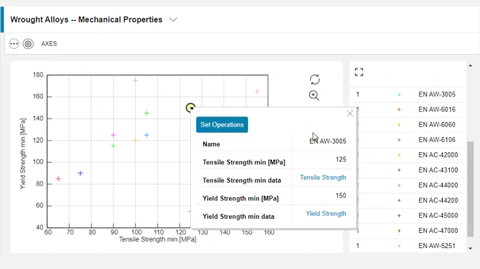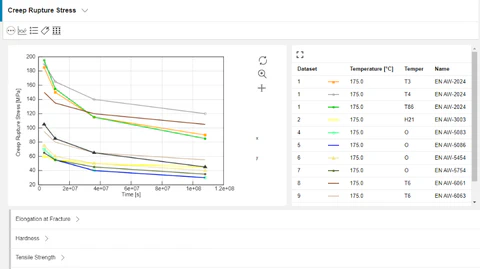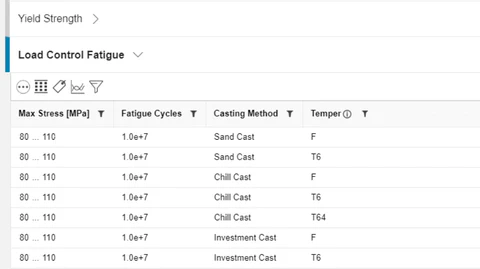
YIELD STRENGTH
Illustration and Comparison of Yield Strength of every Wrought and Cast Alloys
Aluminium for a Sustainable Future
Today, aluminium is the second most widely used metal in the world. This is because aluminium has a unique combination of attractive properties and effects.
Despite its relatively low weight, aluminium has a remarkable strength to weight ratio. As an alloy, aluminium offers similar performance to advanced steels and titanium.
5% of original energy consumption, with 75% of all aluminium produced still in use.
Aluminium is not only light; it has a low melting point and is highly ductile. This makes it easy to work with, shape and join adding to its versatility.
Aluminium’s unique properties allow for significant energy savings in many applications; for example in vehicles and buildings.
Aluminium develops a natural oxide layer, protecting it against corrosion and making it virtually maintenance free. This makes aluminium the ideal material for packaging, building and vehicles and transport.
Aluminium can be made hard, soft, stiff, bendable, smooth, temperature resistant etc. depending on the actual need, by developing tailor-made alloys.

Illustration and Comparison of Yield Strength of every Wrought and Cast Alloys

Comparison of Tensile Strength vs Yield Strength

Creep Rupture Stress Information of Aluminium Alloys

Valuable information about fatigue properties of aluminium alloys